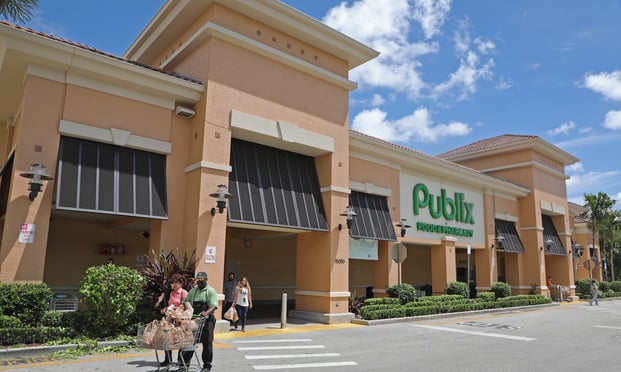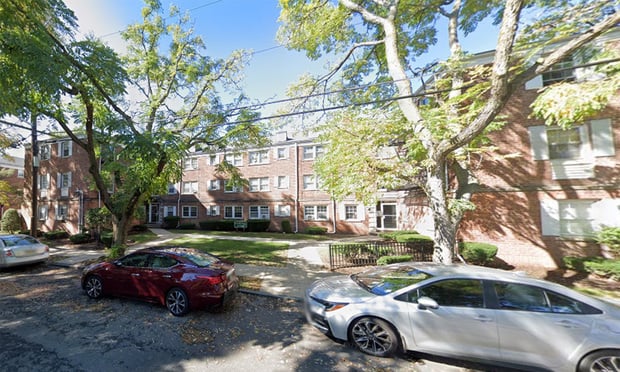President and chief economist at REEcon, Chandan also predicts that default rates for commercial real estate loans will continue rising over the next few years, reaching 4.7% in 2010 and finally arriving at a peak of 4.8% in 2011. From there, the default rate is projected to decline to 4.2% over the course of 2012.
In a release, REEcon says key factors driving the projected increases include constraints on sources for credit to refinance maturing mortgages and in support of new sale transactions; further tightening of credit standards by lenders that remain active in the commercial real estate sector; declining commercial real estate property values and finally a deterioration in property income and escrow balances available to support principal interest obligations during the terms of loans.
Citing data from the FDIC's Quarterly Banking Profile for Q3 '08, REEcon says that of the $1.04 trillion in non-farm non-residential loans held by FDIC-insured institutions in the third quarter, around $14.2 billion was in default. Of that, just over 90% was in non-accrual status and less than 10% was 90 days or more past due.
"Unless commercial mortgage markets ease or additional sources of credit come to bear, the imbalance in the supply and demand for credit will result in a rising default rate," writes Chandan, who launched REEcon at the beginning of this year. He adds that the deterioration in credit market conditions has created a situation where even good credit borrowers seeking to refinance seasoned mortgages with healthy loan-to-value and debt service coverage ratios are increasingly unable to secure new financing.
In the release, Chandan writes that "a window of opportunity remains open for policy intervention to enhance liquidity in the commercial real estate mortgage market, so as to mitigate the full extent of the projected increase in default rates." He adds that this may or may not involve the purchases of securities or so-called "toxic" various proposals related to commercial real estate's tax, accounting, regulatory and institutional frameworks. "The various proposals deserve immediate consideration and, if implemented, may encourage a measured reentry of private market participants."
But Chandan warns that time is of the essence when evaluating the potential new policies. He says that "in assessing the importance of the commercial mortgage markets challenges and their relevance for broader financial system stability, it is critical that policy makers and private market participants take decisive action, before increases in delinquency and default rates for commercial mortgages further undercut already weakened financial institutions."
Want to continue reading?
Become a Free ALM Digital Reader.
Once you are an ALM Digital Member, you’ll receive:
- Breaking commercial real estate news and analysis, on-site and via our newsletters and custom alerts
- Educational webcasts, white papers, and ebooks from industry thought leaders
- Critical coverage of the property casualty insurance and financial advisory markets on our other ALM sites, PropertyCasualty360 and ThinkAdvisor
Already have an account? Sign In Now
*May exclude premium content© 2024 ALM Global, LLC, All Rights Reserved. Request academic re-use from www.copyright.com. All other uses, submit a request to [email protected]. For more information visit Asset & Logo Licensing.








